
What Will We Do Today?
Here are some new things to do every day that boost learning.
It can be a big job to think of new, exciting ways to keep kids busy and learning all day, everyday. Here are some fun things to focus on that also teach something special. You can pick and choose to do these activities on any given day, or you can pick a focus for the week.
Week 1: Focus on feelings
- Introduce children to “feeling words” by labeling emotions as you see them: “I see that you’re jumping up and down and smiling! You must be very excited to go to the park.”
- Play feeling charades! Take turns picking a feeling (happy, excited, angry, disappointed, and so on) and acting it out using facial expressions and body language. Then guess the feeling.
- Talk about some ways to manage big feelings (“If you’re feeling sad, you can ask a grown-up for a hug.”).
Week 2: Learn about letters
- Help kids learn letters by talking about the letters in their name. Write their name on a piece of paper and talk about the sound each letter makes.
- Go on a letter hunt! At the store, talk about things on your shopping list that begin with a certain letter: “We need to get tomatoes. Tomatoes start with the letter ‘T.’ Let’s think of things we might get at the store that begin with ‘T’” (tuna, turkey, tea, turnips).
Week 3: Recognizing rhymes
- Explain to kids, “Words that rhyme end in the same sounds, like car and jar. What words rhyme with block?” You might search together inside or outside for a clock or a rock!
- Rhyme time can be anytime and anywhere! As you go about your daily routines like eating lunch, grocery shopping, or taking a bath, pick an object and see how many things you can find that rhyme with it.
Week 4: Observing opposites
- Introduce opposites to even the littlest babies using clothing and toys as props. Hold a blanket close to baby’s face (10–12 inches away) and say, “Near!” Then, move backward, hold it up again, and say, “Far!” When feeding little ones, you might hold a spoon up in the air and say, “High!,” and then bring it near baby’s mouth and say, “Low!” This activity can also help babies practice focusing their attention and gaze.
- With older kids, play a game of “Simon Says” using opposites. When you offer a direction, encourage kids to do the opposite of what you say. For example, if you say, “Simon Says reach your hands up to the sky,” kids will have to reach their hands low to the ground.
Week 5: Learn about shapes
- Name the shapes around you. Even very little ones can benefit from hearing the name of a shape and then seeing and touching the object. Name other things around you that are the same shape: “Look, there’s a rectangle! It has four sides. Your bookshelf is a rectangle, too.”
- Do a shape walk. Walk around the neighborhood and point out the shapes around you: “I see a traffic light— it’s a rectangle.” How many shapes can you spot?

Communicating with Parents and Caregivers Around Routines
An article offering strategies for communication with parents/caregivers.
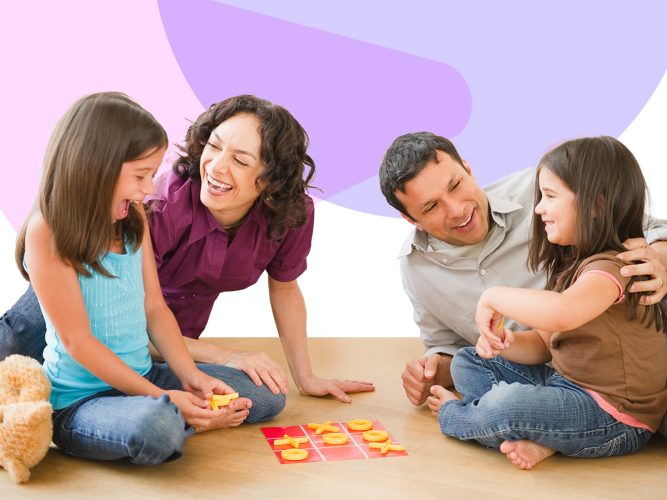
Shaping an Engaging Learning Environment
Your space is full of opportunities for children to learn and grow!
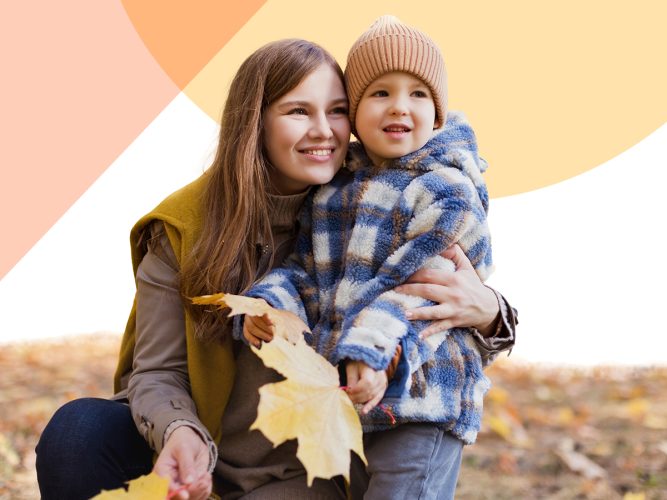
Planning Our Days: Creating Schedules for Children
Planning ahead can help you be intentional about the learning of the children in your care!
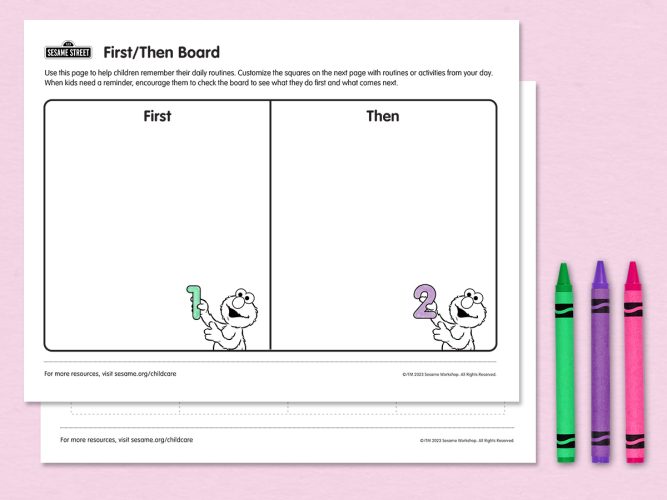
“First/Then” Boards: Managing Daily Routines
A printable tool to help children know what to expect in their daily routines and activities.
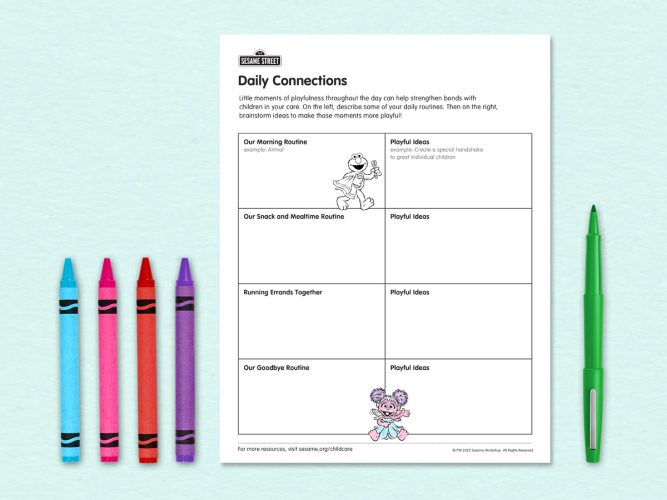
Planning for Play in Daily Routines
A printable page to plan moments of playfulness during daily routines.
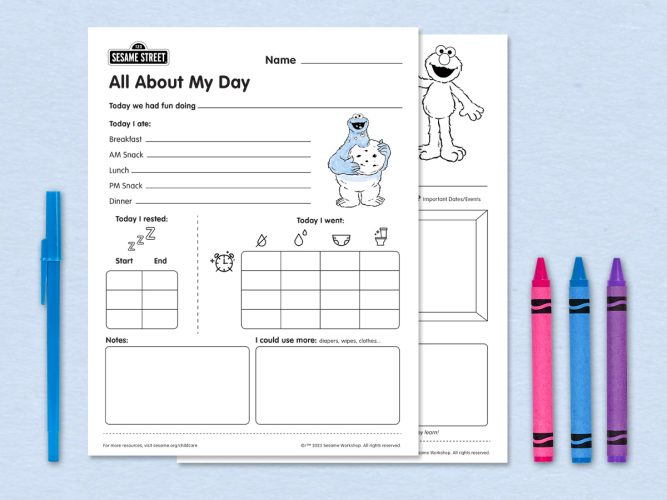
Provider-Parent Communications Log
A printable page to help parents and caregivers communicate about a child’s day.
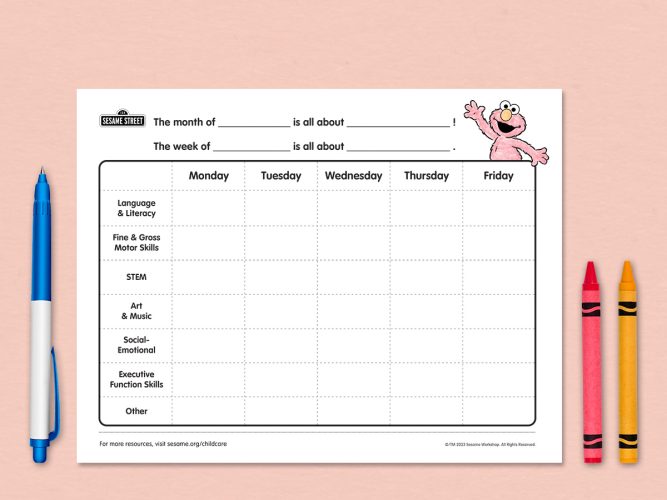
Lesson Planning Practice
A tool to plan opportunities for learning connected to monthly and weekly themes.
